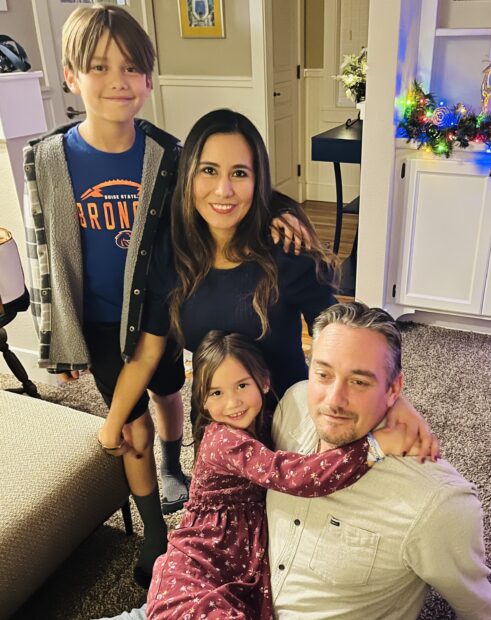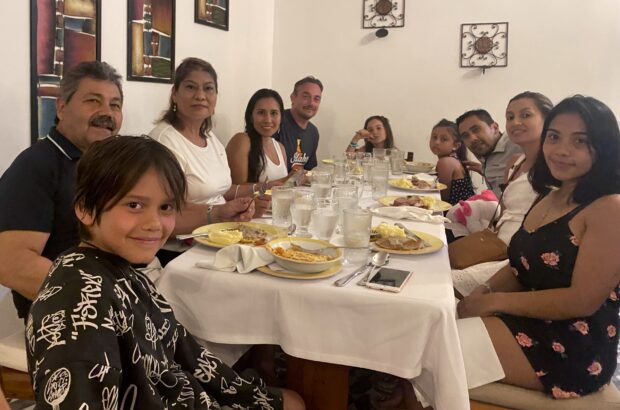This is the second in a four-part series on how the opportunity to choose another school benefited the academic health of four Idaho families. Published Tuesday: Eighth grader Jonah Layton goes to college. Published Sunday: Cheyenne Anderson nearly dropped out but she found a charter school willing to help. Published Wednesday: Mother of 10 children chooses to homeschool because it is “the best option.”
Twice a day, Casey and Paola Eldredge are willing to tussle with irritated interstate drivers and unpredictable weather so their kids have the opportunity to bond with their Spanish-speaking grandparents, Aurora and Jose, in Colombia.
The Eldredges used the state’s open enrollment policy to find an elementary school with a Spanish dual language program. Open enrollment is one of many school choice options: traditional brick-and-mortar or virtual schools, online or in-person charters, career technical education, magnet or alternative schools, and college preparatory academies.

Their son Selway is in fourth grade and their daughter Payette is in first. They attend Reed Elementary in Kuna, which is about 50 minutes roundtrip from their home in Boise. The closest school in their district is a couple blocks away, but it didn’t offer the dual language program.
Because Paola’s first language is Spanish and much of her family still lives in Colombia, raising bilingual children was an integral part of their education expectation. They also hoped for a school with a high percentage of native speakers — kids who primarily speak Spanish at home with their parents.
Paola was surprised and grateful when they found a program in Kuna that met their needs. And even though there’s a lot of commuting and hectic days dropping kids off at practices and events, it’s been well worth it.
“I was blown away by the quality of the program. I can see my son writing his book reports in Spanish, and the way he expresses himself in Spanish blows my mind,” she said.
Both languages are taught equally: students read, write and speak in both English and Spanish. And they are also assessed in both. Casey said this approach helps the school’s ESL students succeed too, because it immerses them in English.
What the Eldredges gained transcends education. Selway and Payette maintain a strong bond with their nearly 100 relatives who live in Bogota, from grandparents, uncles and aunts, to dozens of first and second cousins. About every two years they travel south and reconnect with Paola’s family.
“They love it, and they are very grateful and happy that we decided to raise our kids bilingual,” Paola said.
When the kids entered kindergarten at Reed Elementary, the school program became an extension of Paola’s efforts at home: growing up, Selway and Payette regularly spoke Spanish with their mom — and Casey too but his fluency is still developing.
Casey’s interest in bilingualism stemmed from his experience growing up in Twin Falls, where there is a large Spanish-speaking population. His high school friends and their families spoke it, so by taking Spanish in high school, and later in college while majoring in international business, he developed a connection with his community.
“It’s only going to benefit you in the long run,” he said.
Having the opportunity to continue learning the language Paola taught at home “means everything” to their family, Casey said.

“It’s just great. It was very important to be able to keep that connection, even though we are far,” he said.
Casey believes the benefits of speaking a second language are innumerable, and more Americans should consider it.
A majority of districts have offered some type of open enrollment but it may be on a school-by-school basis, depending upon the capacity of the school. To learn more about open enrollment, use the state’s latest report here. To learn more about the types of schools available to Idaho families, visit EdNews here.
